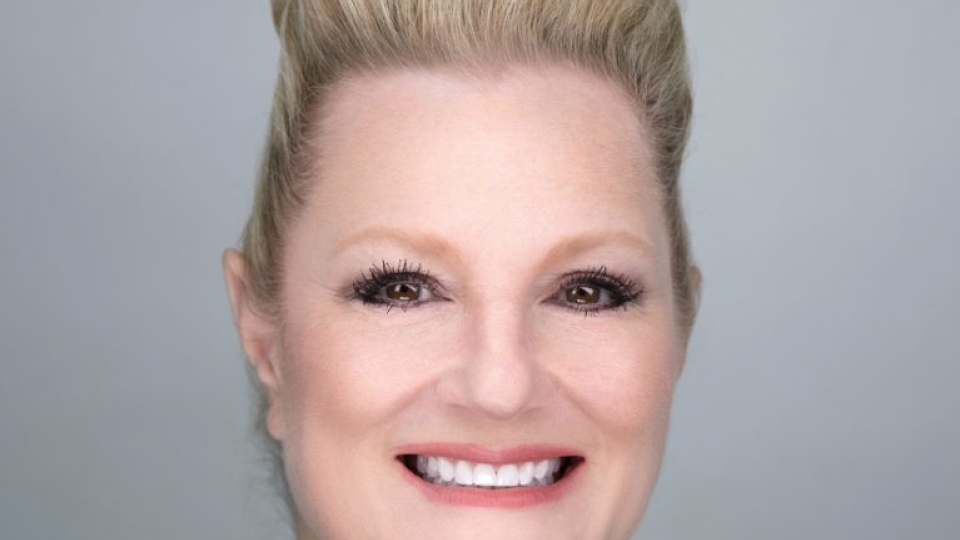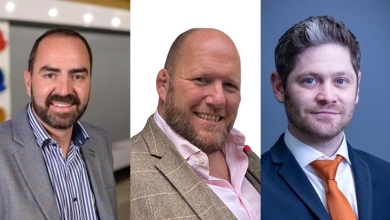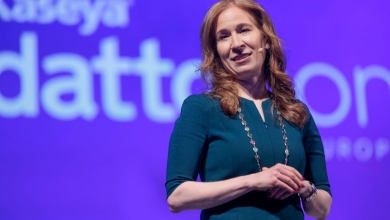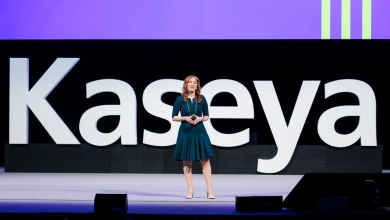Last updated: July 3, 2023
1 minutes read
Kaseya CFO says the company is prioritising cultural fit in its strategy for future acquisitions

Unlimited access, free forever.


